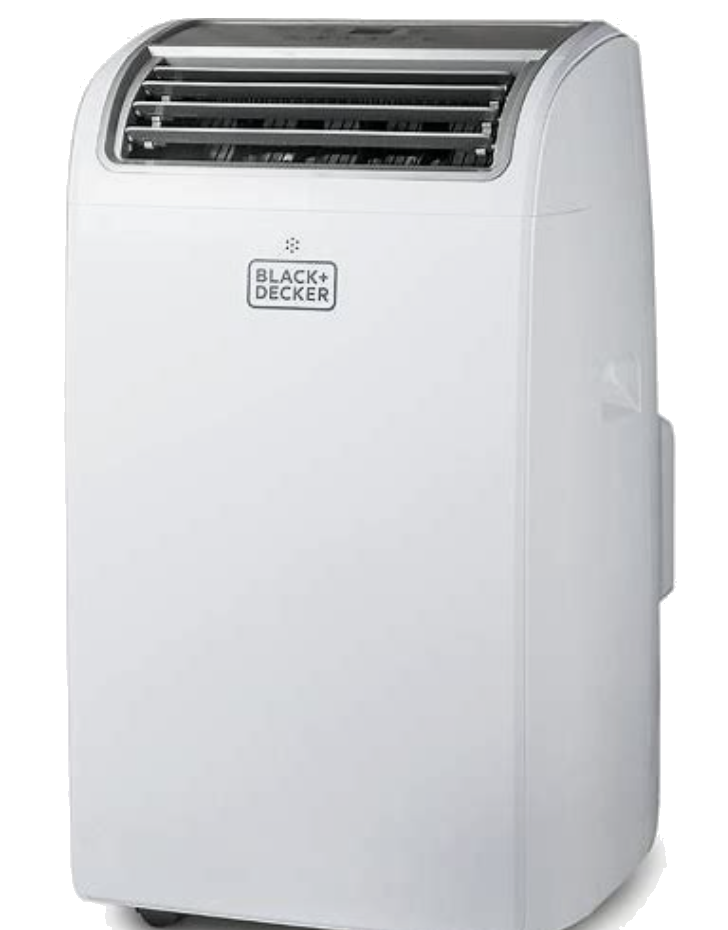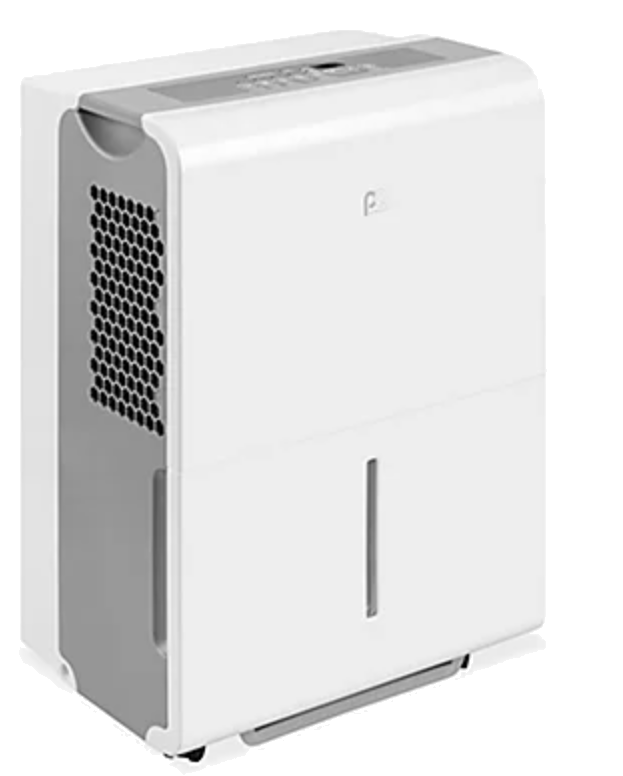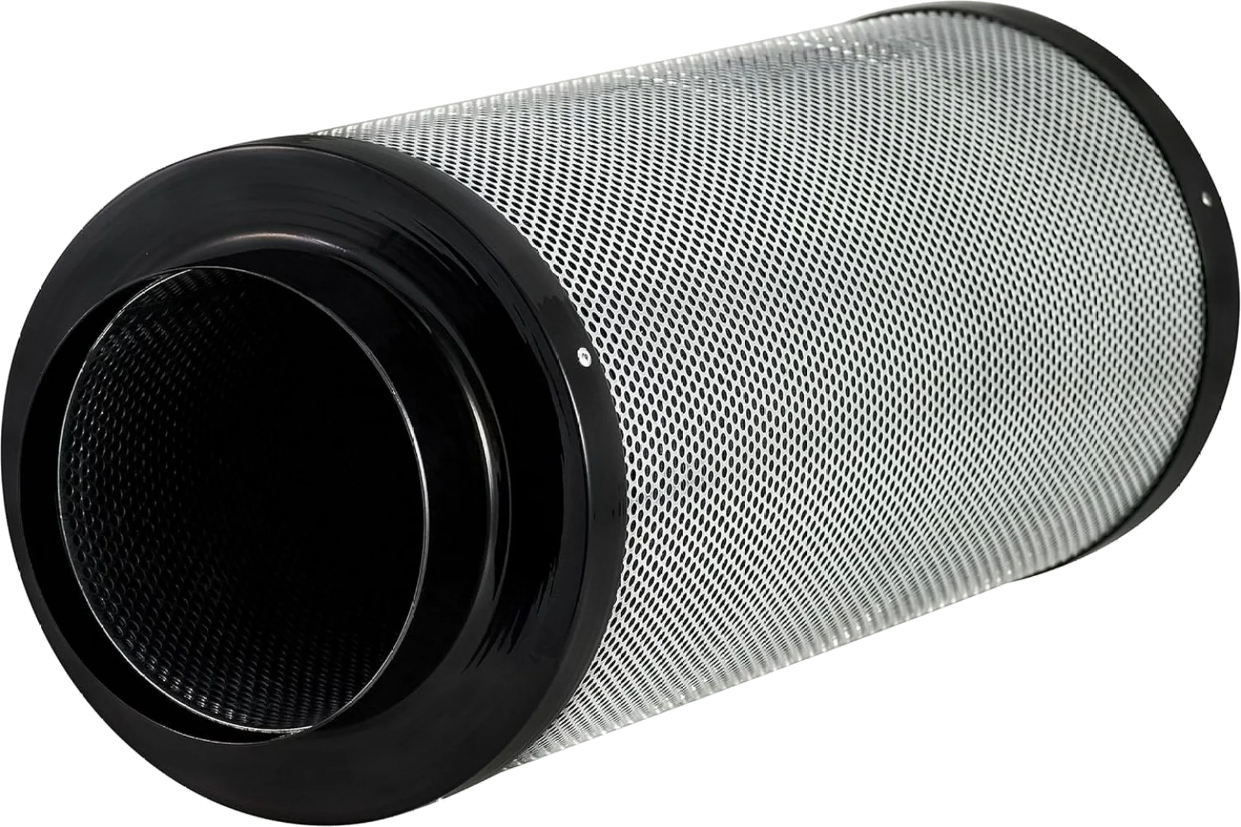Temperature and Humidity Control: Key Factors for Healthy Indoor Growth
Plants thrive in environments where temperature and humidity remain within optimal ranges. Indoor growers, without natural climate control, must create stable conditions to support plant development through each growth stage. Proper temperature and humidity control ensures healthy growth, maximizes yields, and prevents a host of potential issues, from pests to mold .
1. Maintain Optimal Temperature Ranges

Indoor grow spaces benefit from maintaining specific temperature ranges, tailored to each growth phase:
- Vegetative Stage: Ideal temperatures range between 70°F and 85°F. Slightly warmer temperatures can encourage robust vegetative growth but should be kept under control.
- Flowering Stage: During flowering, cooler temperatures between 65°F and 80°F are ideal to enhance bud density and prevent heat stress.
- Day vs. Night: Plants naturally respond to day-night temperature variations. Lower nighttime temperatures (5-10°F cooler) mimic natural outdoor conditions, helping plants rest and recover.
2. Control Humidity Levels at Each Stage

Humidity control is equally important, as different growth stages
require unique humidity levels to encourage optimal plant
transpiration and growth.- Seedling and Clone Stage: High humidity, around 65-70%, promotes root and leaf development in seedlings.
- Vegetative Stage: Humidity should be reduced to around 40-60%, allowing plants to establish stronger roots.
- Flowering Stage: Lower humidity, between 30-50%, helps prevent mold and mildew during bud formation, crucial for maintaining plant health and final quality.
Recommended Equipment for Temperature and Humidity Control
A high-quality variable-speed fan is a crucial investment for controlling airflow and maintaining stable temperature and humidity levels.- Benefits: Variable-speed fans allow you to adjust airflow based on temperature and humidity changes, providing a precise level of control over the environment.
- Recommendation: Look for models with adjustable speed settings and quiet operation, as loud fans can disrupt the growing area. Inline duct fans with a controller are ideal, as they offer the power needed to ventilate larger spaces and adjust settings as needed.
- Usage Tips: Position fans to create a gentle breeze across the canopy and down through lower plant areas, helping disperse heat and maintain even airflow throughout the space.
3. Carbon Filter
 Carbon filters work in
conjunction with ventilation fans to purify the air and control
odors. While they don’t directly impact temperature or humidity,
they are essential for odor control, especially for indoor grows.
Carbon filters work in
conjunction with ventilation fans to purify the air and control
odors. While they don’t directly impact temperature or humidity,
they are essential for odor control, especially for indoor grows.- Benefits: A carbon filter removes volatile organic compounds (VOCs) that cause odors. They also help filter out airborne contaminants, which can benefit plants by reducing dust and potential allergens.
- Maintenance: Regular maintenance ensures your filter continues to work effectively:
- Replace Annually: Carbon filters typically last 6-12 months, depending on usage. Replace them once you notice any decrease in odor control efficiency.
- Clean Pre-Filter: Some carbon filters come with a washable pre-filter that catches larger particles, extending the carbon filter’s life. Clean this pre-filter monthly to prevent clogging.
- Installation Tips: Place the carbon filter at the air intake of your exhaust fan system to capture odors and contaminants before air exits the grow space.
4. Dehumidifier
A reliable dehumidifier helps keep humidity levels within target ranges, especially during the flowering stage when high humidity poses a risk of mold and mildew on buds.
- Benefits: Dehumidifiers remove excess moisture from the air, allowing growers to maintain optimal humidity levels without drastically altering temperature.
- Recommendation: Choose a model with an automatic humidity sensor and adjustable settings to dial in the exact humidity levels needed for each growth stage.
- Maintenance: Routine maintenance keeps your
dehumidifier running efficiently:
- Empty Water Reservoir: Check and empty the water reservoir daily, or consider a model with a built-in drain for convenience.
- Clean Filter: Dehumidifiers have filters that can accumulate dust and debris. Clean or replace these filters monthly to maintain airflow and efficiency.
- Monitor Humidity Levels: Use a hygrometer to monitor levels and adjust the dehumidifier settings to match your grow stage’s humidity requirements.
Dos and Don’ts for Effective Temperature and Humidity Control
Consistently maintaining a balanced environment takes some diligence. Here are essential dos and don’ts to help create the best conditions for your plants:
Dos
- Do Regularly Monitor Environmental Levels: Use a digital thermometer and hygrometer to check temperature and humidity regularly. Devices with data logging capabilities can help identify trends and make necessary adjustments.
- Do Set Timers and Controllers: Timers and controllers help regulate when fans, lights, and dehumidifiers activate, making it easier to maintain consistency.
- Do Adjust Fan Speeds Based on Environmental Needs: A variable-speed fan allows for precise adjustments, making it easy to manage airflow and temperature fluctuations.
- Do Use Oscillating Fans for Air Circulation: Oscillating fans keep air moving throughout the grow space, which helps maintain even temperatures and prevents stagnant, humid air pockets.
- Do Clean All Equipment Regularly: Regular cleaning prevents dust buildup, which can reduce fan and filter efficiency and increase the risk of contaminants.
Don’ts
- Don’t Ignore Temperature and Humidity Fluctuations: Allowing even small fluctuations can cause plant stress, so adjust equipment settings regularly, especially during seasonal changes.
- Don’t Overlook Dehumidifier Placement: Position the dehumidifier in an area with adequate airflow, away from plant leaves to prevent excessive drying. Placing it near an exhaust fan may improve moisture removal.
- Don’t Rely on One Fan in Large Spaces: For larger grow rooms, use multiple fans to ensure consistent airflow throughout the space.
- Don’t Neglect Filter Maintenance: Failing to replace or clean the carbon filter reduces its effectiveness, leading to odor leaks and a potential build-up of contaminants.
- Don’t Let Humidity Levels Drop Too Low: While low humidity helps in flowering, extremely low humidity can lead to plant dehydration. Ensure your dehumidifier settings are specific to each growth stage.
Importance of Consistent Temperature and Humidity Control
Indoor plants rely on consistent environmental conditions to grow healthily. Unstable temperature or humidity levels can lead to plant stress, affecting nutrient uptake, growth rates, and overall plant resilience. Excess heat or cold can shock plants, reducing their capacity for photosynthesis, while high humidity during flowering increases the risk of mold.
Consistent control over these factors:
- Promotes Vigorous Growth: Plants develop best in stable environments, where they can focus energy on growth rather than adjusting to changing conditions.
- Prevents Mold and Disease: Controlling humidity levels minimizes the risk of mold, mildew, and disease, especially on developing buds.
- Improves Overall Yield Quality: Healthy plants produce higher-quality yields, with better potency, flavor, and appearance.
Conclusion
Effective control over temperature and humidity is a foundation for successful indoor gardening. Investing in high-quality equipment, like a variable-speed fan, carbon filter, and dehumidifier, enables growers to create and maintain an ideal environment for each growth stage. Regular maintenance and careful adjustments help keep these systems running efficiently, ensuring healthy, vibrant plants and a rewarding harvest. By prioritizing environmental control, indoor growers can avoid common pitfalls and create a stable, productive space that supports optimal plant health and growth.